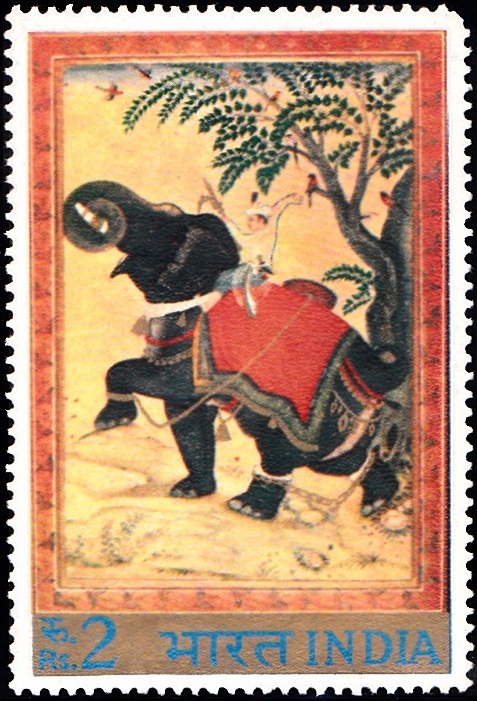
Indian Miniature Paintings 1973
Complete Set of 4 nos of commemorative postage stamps on the Indian Miniatures :
Issued by India
Issued on May 5, 1973
Issued for : The Posts & Telegraphs Department has decided to issue a series of 4 stamps shortly depicting Indian Miniature Paintings. The stamps will be in the following denominations.
Design :
RADHA – KISHANGARH (20 p) :– The painting is the most perfect expression of the Kishangarh ideal of feminine loveliness. This is a Rajasthani Painting (1735-1757 AD) and was done by a local artist, Nihal Chand.
DANCE DUET (50 p) :– It is a typical example of painting executed during the Aurangzeb Period in the last quarter of 17th century.
LOVERS ON CAMEL BACK (Re. 1) :– The painting illustrates a musical mode – Maru Ragini, borrowed from the famous folk tale of Dhola and Maru – the prince and princess who were united at long last by the devotion of a faithful camel. This is the finest piece of Rajasthani Miniature done by the artist Nasir–ud–Din in about 1605 A.D.
CHAINED ELEPHANT (Re. 2) :– The painting has been composed in a fine diagonal, lively as well as decorative by the artist, Zain–al–Abidin, during the period of Jahangir.
Type : Stamps, Mint Condition
Colour : Multicolour
Denomination : 20 & 50 Paise and 1 & 2 Rupee
Overall Size : 5.8 x 3.91 cms.
Printing size : 5.435 X 3.55 cms.
Perforation : 13 x 13
Watermark : Printed on unwatermarked Adhesive coated Stamp Paper
Number Printed :
20 P. – 50,00,000
50 P. – 30,00,000
1 Rs. – 20,00,000
2 Rs. – 20,00,000
Number per issue sheet : 40
Printing Process : Photogravure
Designed and Printed at : India Security Press
About :
- The earliest examples of paintings in India still available are from the rock-cut caves of Ajanta, executed during the 2nd and first centuries B.C. and 5th to 7th centuries A.D. Other murals of great elegance are from cave temples of Badami and Sittannvasal, the Kailasa at Ellora, Pallava temples at Kanchipuram and Panamalai and the famous wall paintings in the Tanjore temple and later still in several Vijayanagar monuments. During the 11th and 12th centuries, large scale wall-paintings were supplemented by miniature paintings in the form of illustrated Buddhist manuscripts on palm leaves.
- Paintings in Humayun‘s time and continued by Akbar represent a landmark in the history of painting in India. The Mughal style, evolved as a result of happy synthesis of the indigenous Indian style of Persian painting displays a rare quality of naturalism and is marked by fine and delicate drawing. Under Jahangir, the art of painting was greatly refined.
- Impact of the Mughal style on indigenous style of painting in Rajasthan and in Central India was responsible for the origin and growth of a number of schools of miniature painting. Mewar, Bundi, Kotah, Jaipur, Bikaner, Jodhpur, Kishangarh, Malwa and Deccan were the important schools of painting that flourished from the 17th to the middle of the 19th century.
- The P&T Department is happy to bring out a series on the Miniature Paintings. A committee of artists and knowledgeable persons on Indian miniature devoted considerable time to finally select the four paintings from the vast field of miniatures considering their bold colourful motifs suitable for further reduction on stamps. Two of these have been taken from Rajasthan and two from Mughal paintings.
- RADHA – KISHANGARH
- Here we see the most perfect expression of the Kishangarh ideal of feminine loveliness. The painting is by a local artist, Nihal Chand, who imbued the late Mughal painting with serenity of rhythm and idyllic charm to bring out his famous Radha Kishangarh painting. It is of 1778 AD and its size is 48.8 x 36.3 cms. It is among the collection of Maharaja of Kishangarh.
- LOVERS ON A CAMEL
- It illustrates a musical mode – Maru Ragini. The name Maru is borrowed from the famous folk tale of Dhola and Maru the prince and princess who were united at long last by the devotion of a faithful camel. This is one of the finest pieces of Rajasthani miniature done by the artist, Nasir-ud-din near about 1605 A.D. The size of the painting is 20.5 x 18.8 cms. It is now among the collection of Gopi Krishna Kanoria, Patna.
- CHAINED ELEPHANT
- The painting has been composed in a fine diagonal, lively as well as decorative by the artist, Zain-al-Abidin, during Emperor Jehangir‘s period. The tree on the right with singing birds is considered as being akin to the Persian painting of the 16th century. The elephant, decorated with bell hangings and tusk rings tied with chains and loaded with a weight is being tamed by a prince. The original is among the collection of East Berlin Museum.
- DANCE DUET
- It is an attractive movement of two Kathak female dancers, a popular subject in the late 17th and 18th centuries. It is a typical example of paintings executed during Aurangzeb‘s period in the last quarter of the 17th century. The size of the painting is 18.8 x 11.7 cms. It is among the collection of Lady Cowasji Jehangir, Bombay.
- The series will be issued on 6-6-1973. The Department is thankful to Maharaja of Kishangarh, Lady Cowasji Jehangir, Gopi Krishna Kanoria and authorities of East Berlin Museum for their having permitted us to adopt the paintings on the stamps.


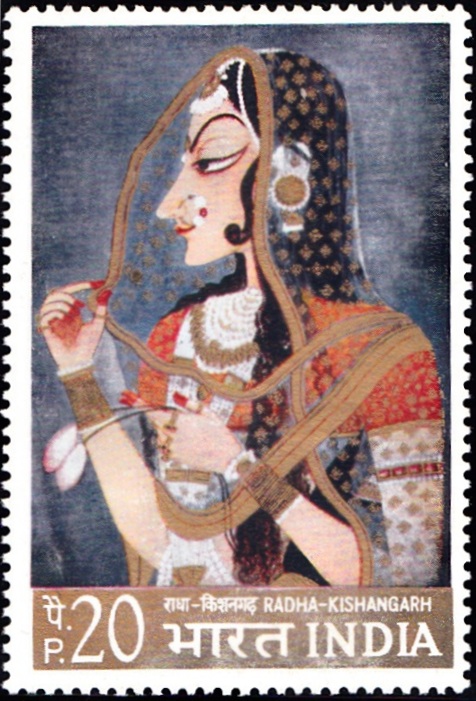
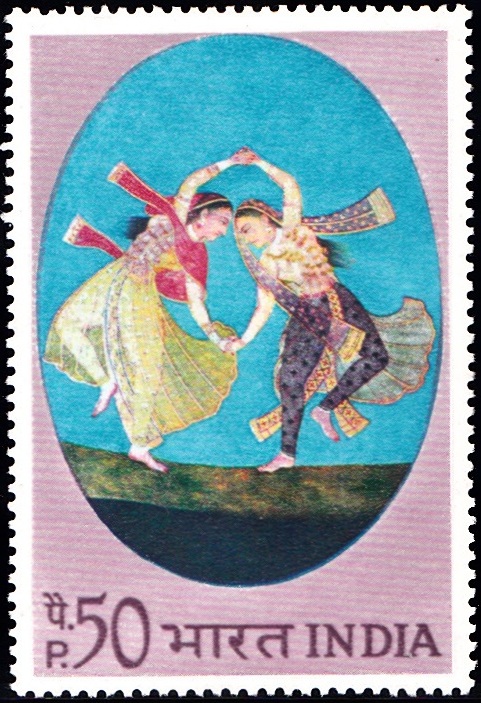


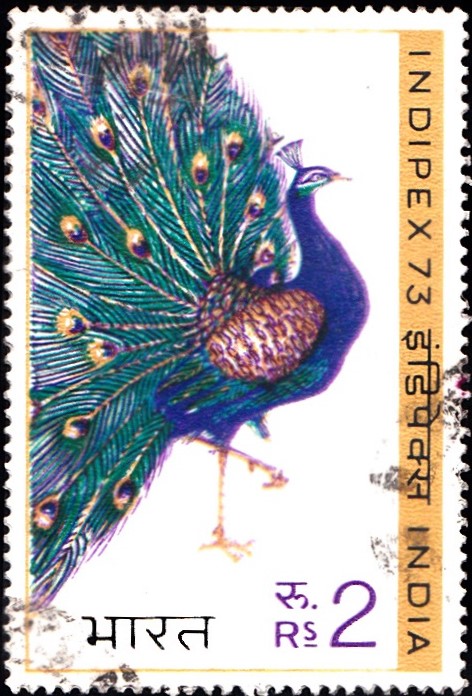
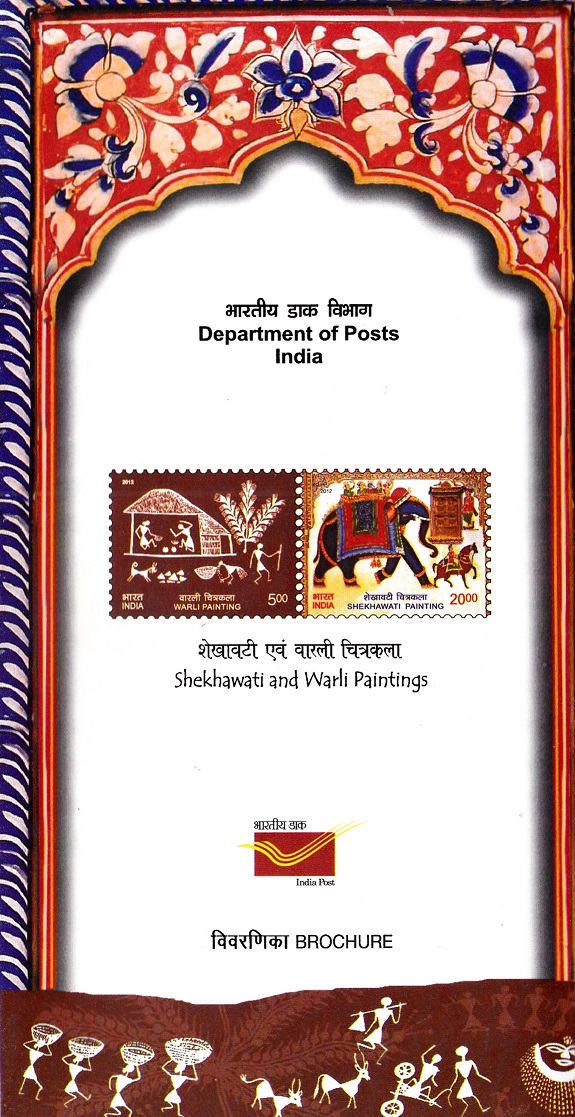
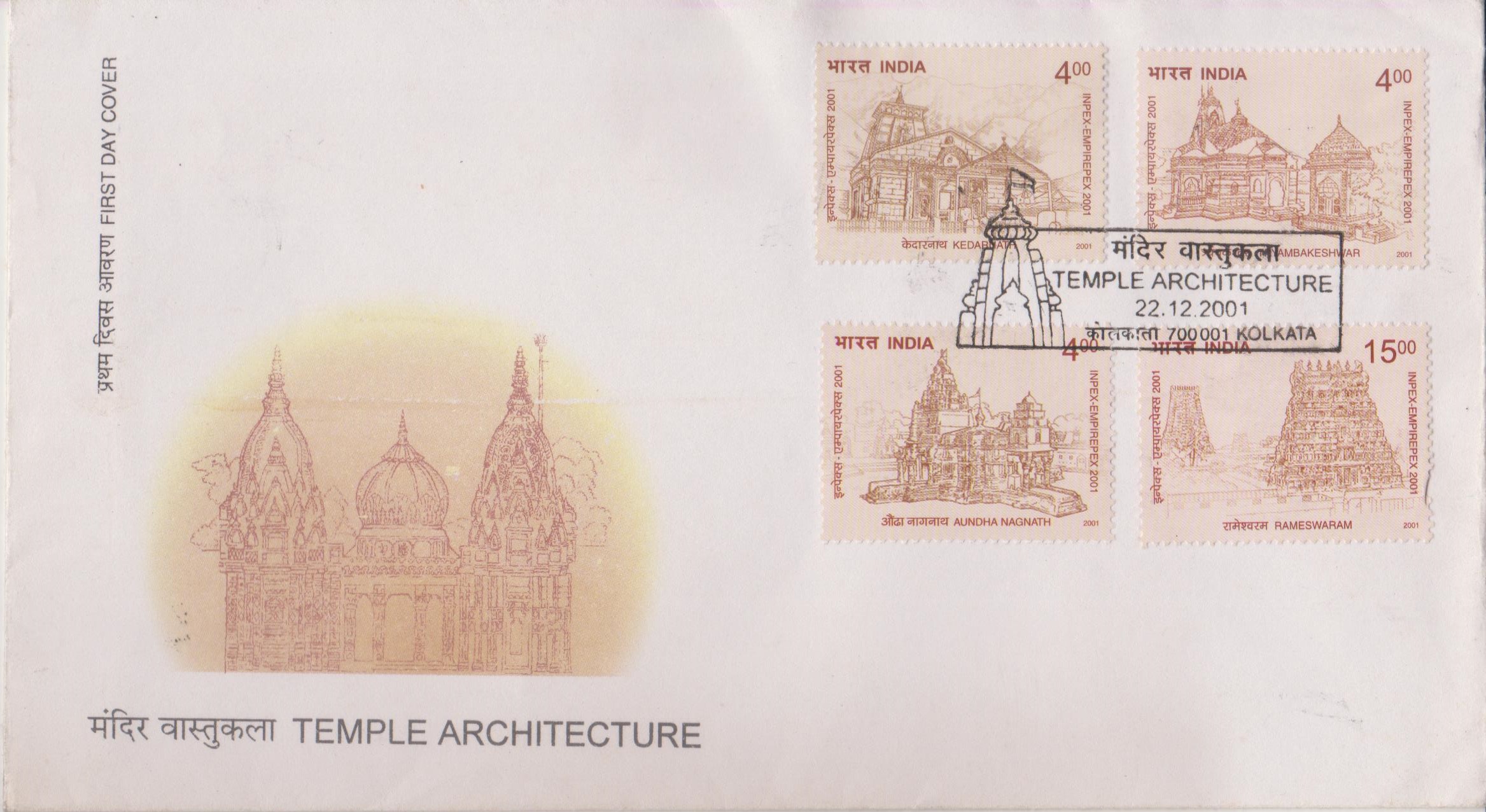
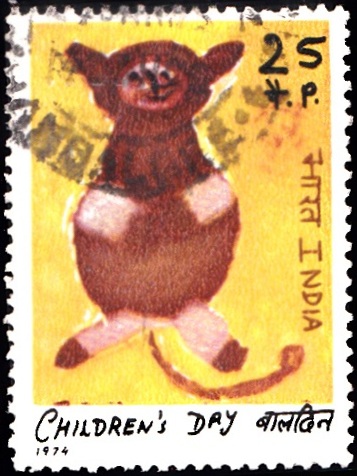
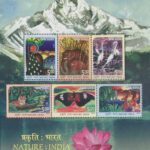
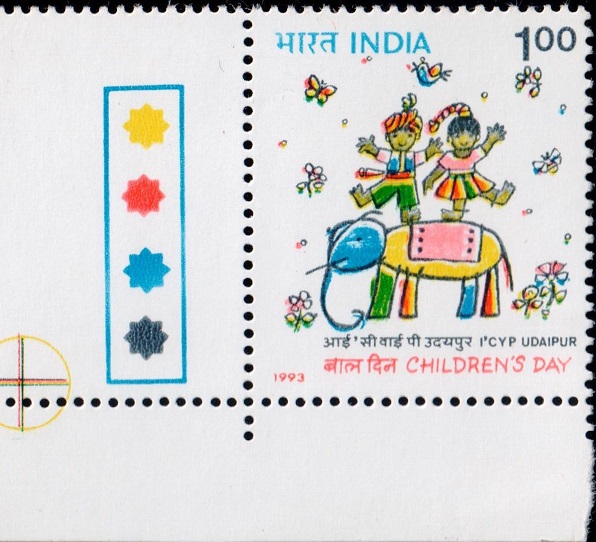
[…] art forms and art forms that came from over mountains and across seas. The delicate art of Indian Miniature Painting, which began with the Mughals, was one such expression of Indo-Saracenic […]
[…] most well-known Indian breed, the Rampur Hounds are elegant dogs, featured in Mughal miniatures. These dogs come from Rampur of erstwhile Rohilkhand of Uttar Pradesh. These are medium sized, […]